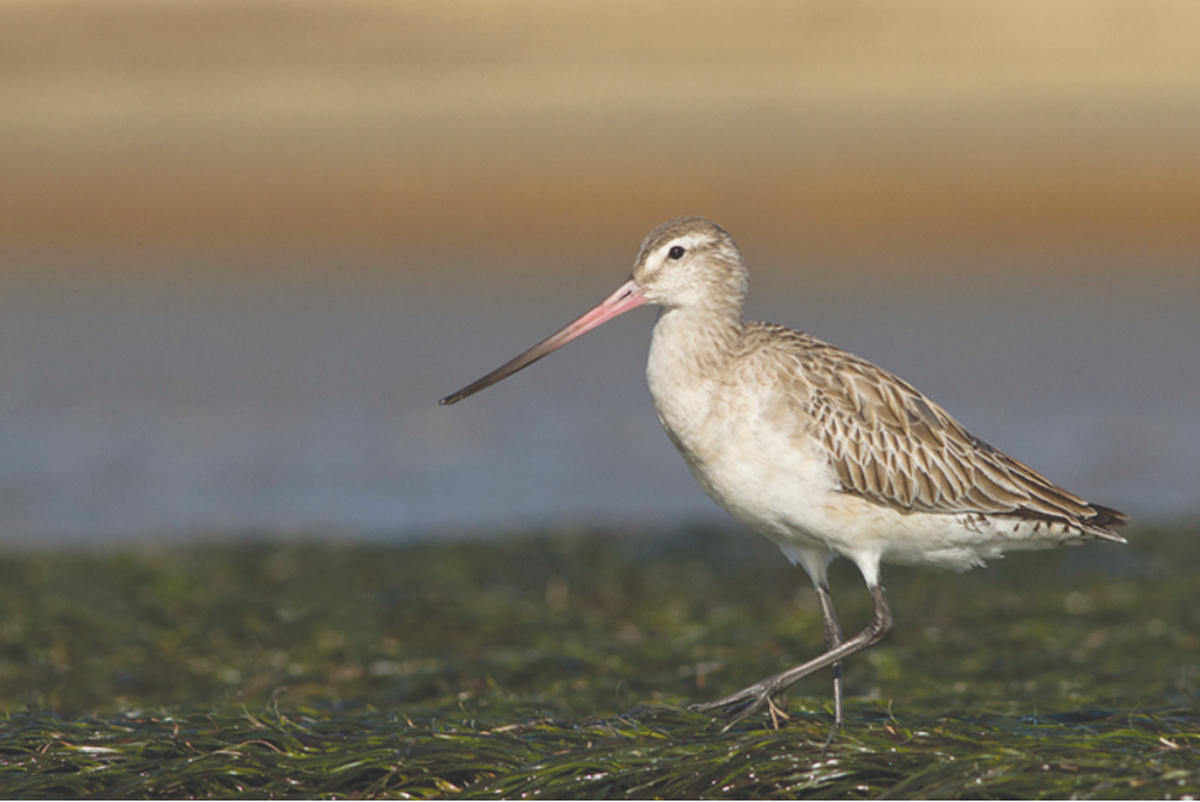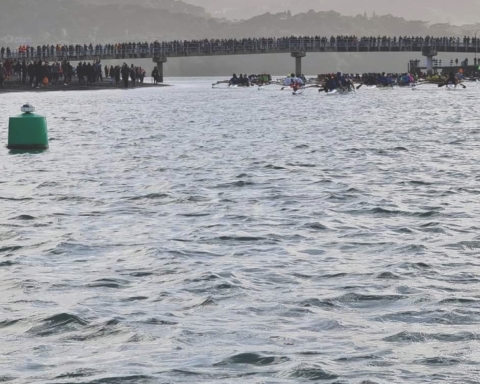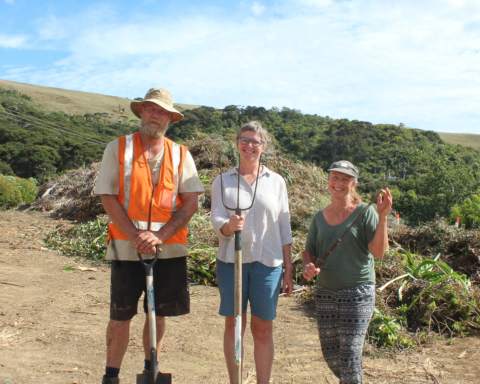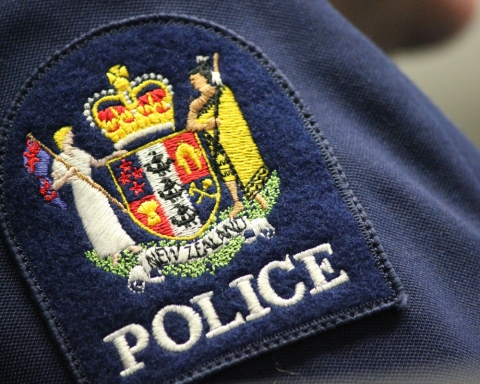Shorebird populations in Raglan are declining, according to data gathered by Birds NZ (formerly the Ornithological Society of New Zealand).
A census of shorebirds in New Zealand’s harbours is conducted twice a year, in June and November, and a count was made at high tide in Raglan on November 14.
Department of Conservation ranger Bruce Postill, who helped with the Raglan census, said there was 35 years of data relating to Raglan’s wader populations and the trend showed that there was an overall decline in shorebirds – the same that is happening nationwide.
In the Raglan census in November, the most abundant population was 560 bar-tailed godwits in the stretch of beach north of the harbour entrance.
“There are roughly 4-5 per cent less godwits every year,” said Bruce.
He said the numbers of all Arctic-breeding waders, like godwits, knots and turnstones, were declining globally due to habitat loss in East Asia, particularly around the Yellow Sea where most of the birds stopped to refuel during migration.
The red-billed gull, a once-abundant species at any beach, has also suffered massive declines, with only two of the noisy scavengers spotted last month near the airfield.
Bruce said ornithologists were less sure about what was behind the drop in numbers of New Zealand’s commonest seagull.
“It could be better management of rubbish … a decline in fisheries … we just don’t know.”
He said shorebirds, which feed from the beaches, mudflats and estuaries at low tide, were a measure of a harbour’s health, with sediments and nutrient runoff from farms affecting their food source.
Bruce said Raglan Harbour was of poor quality, with little shellfish for the birds.
Other birds such as bitterns, which spear fish, rely on clear water to be able to see their catch.
He said the harbours of Kawhia and Aotea were in a better state for shorebirds.
“Aotea is one of the best. It is very shallow so it empties out and fills up again.”
Adrian Riegen, who produces a brief annual report on all the census data from the regions, said the numbers of shorebirds could fluctuate seasonally due to changes in available food at any given site.
“This may make birds move to other estuaries or harbours for periods (of time) and this can be reflected in the number of birds counted.
“The birds are counted on one day in June and one in November so weather can affect the counts as well.”
He said oystercatcher numbers were also declining. Oystercatchers breed in braided rivers in the South Island, but many of their nests were being trampled by stock.
“The spoonbill numbers all around New Zealand have increased dramatically over the last 20 years with many seen in new places now.”
Spoonbills breed in Okarito in the South Island but it is hoped that they might start breeding in the Raglan Harbour where their numbers have been rising over the years.
However, none were counted in the November census because the king tide meant there was nowhere for them to roost.
“This census was a little different with the moon being so close. A big tide resulted, covering the usual roost sites,” said Bruce.
There are six shorebird species in New Zealand that only exist because of conservation efforts, including the New Zealand dotterel. Five dotterel were recorded north of the Raglan harbour, including two pairs.
The black-billed gull – 114 in the Raglan census – is also experiencing a population crash.
A Memorandum of Agreement was signed earlier this year between China and New Zealand to help protect migratory seabirds and their habitats.
Inger Vos






